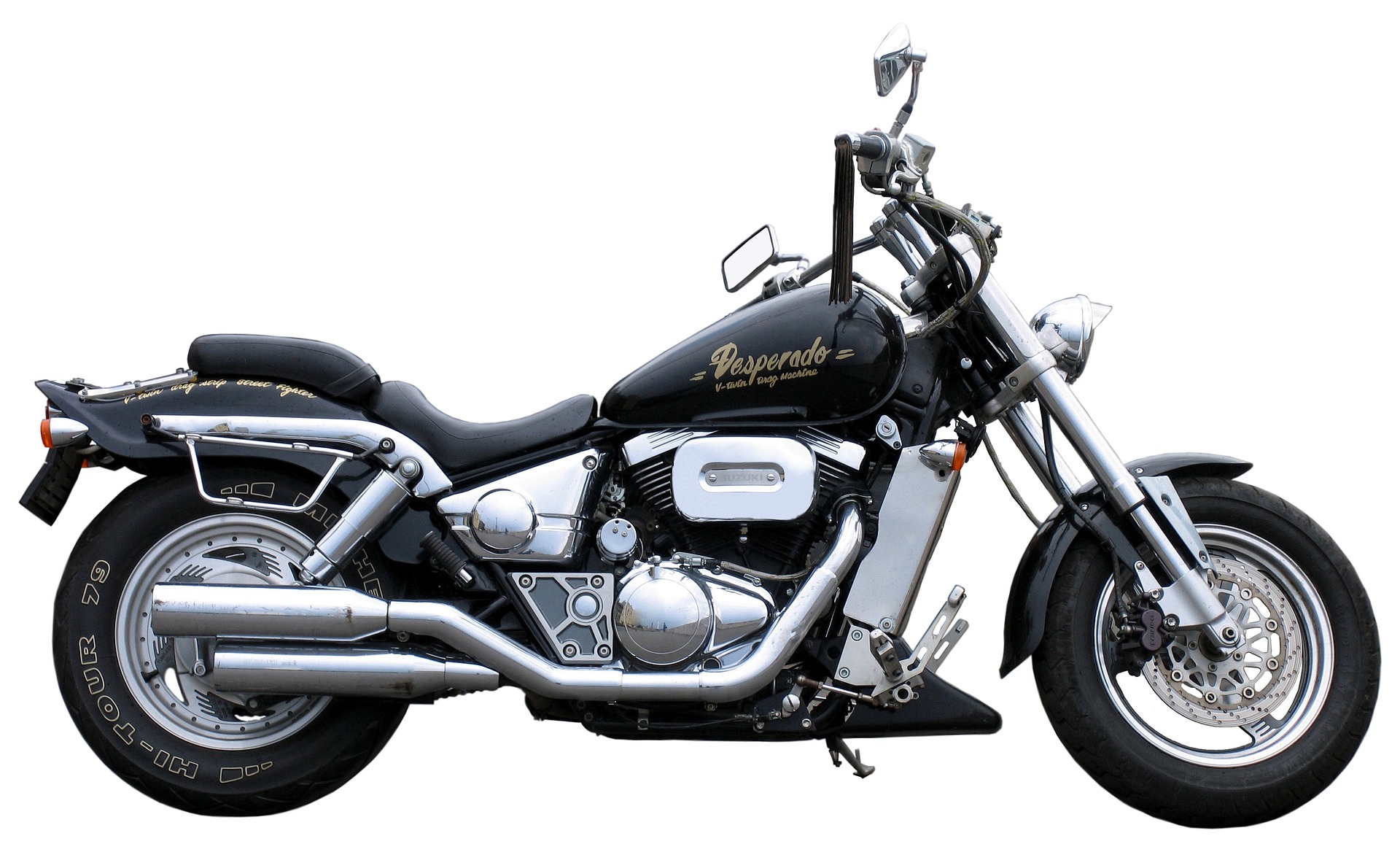If you’re trying to move a car transnationally or overseas, you need to know how to ship a car. Without the right advice, it can be a complicated and expensive endeavor.
Whether you’re moving overseas, trying to buy a car, or receiving a gift, you’ll need to do some research to figure out the best way to ship your vehicle. Many people prefer the convenience of shipping a car to the mental and physical cost of driving it yourself.
It may seem like shipping a car can cost more than driving it yourself. However, when you drive it yourself, you have to consider gas costs, hotel costs, exhaustion, and potential mechanical failure.
To figure out how to ship your car, check out the guide below.
How to Ship a Car:
In the past, shipping a car was quite difficult. Now, you have endless assistance and services at your fingertips. Follow these steps to successfully ship your car.
1. Do Some Research:
The first step to shipping your car is to research the companies you’re considering. You can check the best auto transport companies with the Federal Motor Carrier Safety Administration to make sure they are legitimate.
2. Call Your Insurance Company:
Check with both your insurance company and the shipping company’s insurance to determine what kind of coverage is available for your vehicle. They should offer $500,000 to $1,000,000 in coverage.
3. Plan It Out:
Make sure you leave enough time for your vehicle to be shipped, as it is a time-consuming process. You may need four to eight weeks to complete the delivery. Then, decide what exact location you want your vehicle shipped to.
There are only two types of carriers: covered and uncovered. A covered carrier costs more than an uncovered one, but it also offers more protection.
4. Do an Inspection:
Both you and the shipping company should inspect it before sending it out. They will take note of any damage. Make sure to get a copy of this document so you can hold the company accountable should any additional damage happen to your car.
5. Clean It Out:
Although it may sound like a nice idea to ships items inside your car, it’s not the safest. These items can imbalance the car or limit the view through the windows. Make sure to get everything out of the car before you ship it.
The only thing you need in your car is a little bit of gas so the carriers can load and unload the car without concern.
More Guidance:
Although shipping a car costs about $0.40 to $1.00 a mile depending on how far it’s going, it’s about more than the cost. Shipping a car is convenient and allows you to relax while you wait for your car to come to you.
Figuring out how to ship a car involves some research, but it’s much easier today than in the past. Make sure to use this guide to help you with your car’s journey.
For more helpful articles about travel and beyond, don’t forget to stop by our page.
Read Also:






















